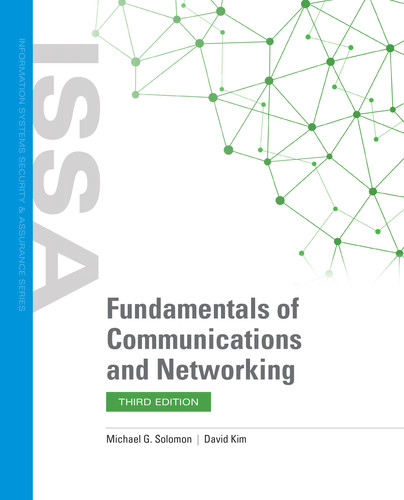Network Troubleshooting Approach
The most logical network troubleshooting approach is to follow the OSI model from the bottom up. All network-related troubleshooting steps would follow the OSI model. This is called a process of elimination, in which you sequentially eliminate each layer of the OSI model where the problem may exist, as follows:
- Physical Layer—Is the cable cut? Did the electric power go out? With a Physical Layer issue, there is no network availability.
- Data Link Layer—For wired LANs, is there link integrity between the Ethernet network interface controller (NIC) and the Ethernet switch? Link integrity will be visibly shown as a green LED indicator. No link integrity is visibly shown as a dark LED indicator.
- Network Layer—Can you ping the destination IP host? Confirm your IP host has a correct IP default gateway router definition. Ping the IP default gateway router. Confirm your host device MAC layer address is in the Address Resolution Protocol (ARP) cache table. Verify that the destination IP network is listed in the IP route table. Confirm that the MAC layer address of the destination IP host device is in the ARP cache table of its IP default gateway router.
- Transport Layer—Depending on use of a connectionless (UDP) or connection-oriented (TCP) Transport Layer, UDP will have no guarantee of transmission like TCP does. Remember, TCP requires a three-way handshake to confirm a valid communication path exists. TCP also uses acknowledgements to confirm receipt and sequence numbers to reassemble packets in the proper order.
..................Content has been hidden....................
You can't read the all page of ebook, please click here login for view all page.
